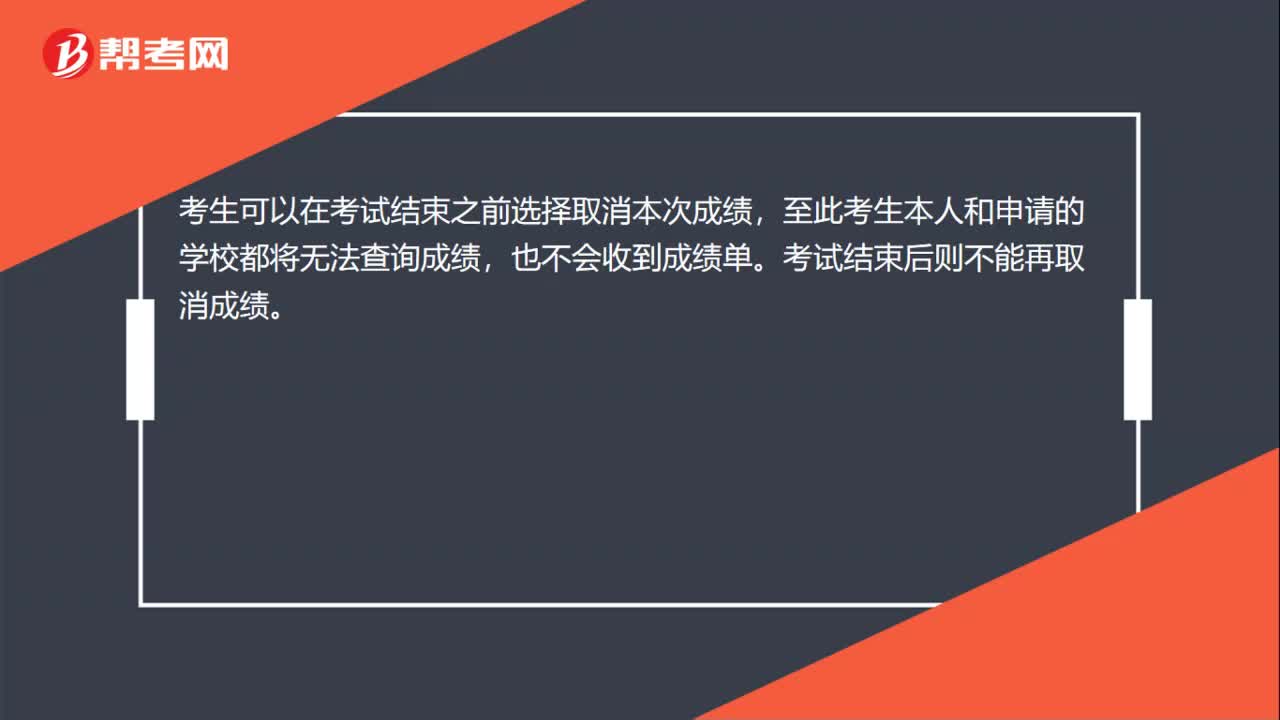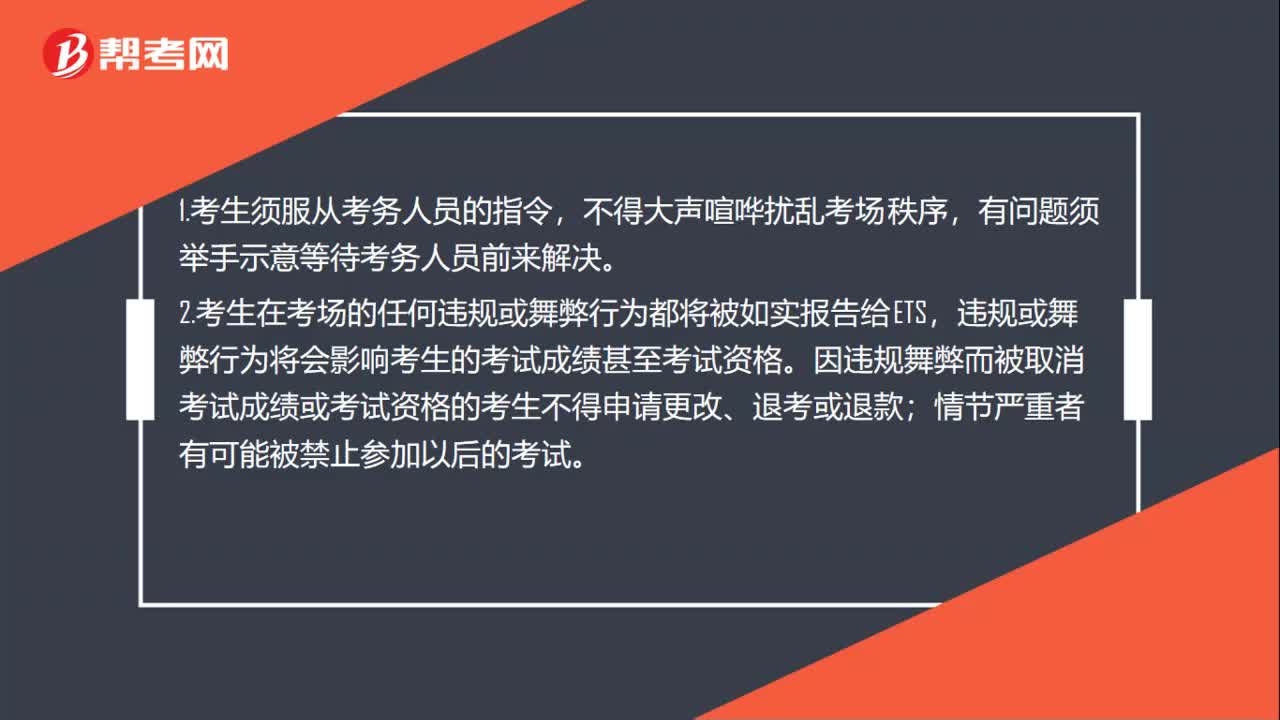
下载亿题库APP
联系电话:400-660-1360

下载亿题库APP
联系电话:400-660-1360

请谨慎保管和记忆你的密码,以免泄露和丢失

请谨慎保管和记忆你的密码,以免泄露和丢失

小伙伴们,今天的你有没有好好复习呢?下面,帮考网为大家准备了一些关于托福考试的习题,供大家练习,希望能够对大家有所帮助。一起来看!
The mineral particles found in soil range in size from microscopic clay particles to large boulders. The most abundant particles — sand, silt, and clay — are the focus of examination in studies of soil texture. Texture is the term used to describe the composite sizes of particles in a soil sample, typically several representative handfuls.
To measure soil texture, the sand, silt, and clay particles are sorted out by size and weight. The weights of each size are then expressed as a percentage of the sample weight. In the field, soil texture can be estimated by extracting a handful of soil and squeezing the damp soil into three basic shapes; (1) cast, a lump formed by squeezing a sample in a clenched fist; (2) thread, a pencil shape formed by rolling soil between the palms; and (3) ribbon, a flatfish shape formed by squeezing a small sample between the thumb and index finger. The behavioral characteristics of the soil when molded into each of these shapes, if they can be formed at all, provide the basis for a general textural classification. The behavior of the soil in the hand test is determined by the amount of clay in the sample. Clay particles are highly cohesive, and when dampened, behave as a plastic. Therefore the higher the clay content in a sample, the more refined and durable the shapes into which it can be molded.
Another method of determining soil texture involves the use of devices called sediment sieves, screens built with a specified mesh size. When the soil is filtered through a group of sieves, each with a different mesh size, the particles become grouped in corresponding size categories. Each category can be weighed to make a textural determination. Although sieves work well for silt, sand, and larger particles, they are not appropriate for clay particles. Clay is far too small to sieve accurately; therefore, in soils with a high proportion of clay, the fine particles are measured on the basis of their settling velocity when suspended in water. Since clays settle so slowly, they are easily segregated from sand and silt. The water can be drawn off and evaporated, leaving a residue of clay, which can be weighed.
1. What does the passage mainly discuss?
(A) Characteristics of high quality soil
(B) Particles typically found in most soils
(C) How a high clay content affects the texture of soil
(D) Ways to determine the texture of soil
2. The author mentions "several representative handfuls" in line 4 in order to show
(A) the range of soil samples
(B) the process by which soil is weighed
(C) the requirements for an adequate soil sample
(D) how small soil particles are weighted
3. The phrase "sorted out" in line 5 is closest in meaning to
(A) mixed
(B) replaced
(C) carried
(D) separated
4. It can be inferred that the names of the three basic shapes mentioned in paragraph 2 reflect
(A) the way the soil is extracted
(B) the results of squeezing the soil
(C) the need to check more than one handful
(D) the difficulty of forming different shapes
5. The word "dampened" in line 14 is closest in meaning to
(A) damaged
(B) stretched
(C) moistened
(D) examined
6. Which of the following can be inferred from the passage about a soil sample with little or no clay in it?
(A) It is not very heavy.
(B) It may not hold its shape when molded.
(C) Its shape is durable
(D) Its texture cannot be classified
7. The word "they" in line 21 refers to
(A) categories
(B) sieves
(C) larger particles
(D) clay particles
8. It can be inferred from the passage that the sediment sieve has an advantage over the hand test in determining soil texture because
(A) using the sieve takes less time
(B) the sieve can measure clay
(C) less training is required to use the sieve
(D) the sieve allows for a more exact measure
9. During the procedure described in paragraph 3, when clay particles are placed into water they
(A) stick to the sides of the water container
(B) take some time to sink to the bottom
(C) separate into different sizes
(D) dissolve quickly
10. The word "fine" in line 24 is closest in meaning to
(A) tiny
(B) many
(C) excellent
(D) various
11. All of the following words are defined in the passage EXCEPT
(A) texture (line 3)
(B) ribbon (line 10)
(C) sediment sieves (line 18)
(D) evaporated (line 25)
答案:
DADBC BBDBA D
以上就是本次帮考网和大家分享的全部内容了,好的成绩是坚持不懈的努力得来的,关注帮考网,还有更多有关托福考试的练习等着你哦!最后,帮考网祝各位考生考试顺利通过,取得好成绩!
 22
22托福考试中能否取消考试成绩?:托福考试中能否取消考试成绩?考生可以在考试结束之前选择取消本次成绩,至此考生本人和申请的学校都将无法查询成绩,也不会收到成绩单。考试结束后则不能再取消成绩。
 32
32托福考试如何计分?:托福考试如何计分?托福考试的四个环节,分数由电脑自动生成和人工评分(经过专业培训的权威人士)两部分组成,确保分数的公平及准确性。只有托福考试采用这种多人评分机制,通过不记名方式,由多名接受过严格培训的考官予以评分,过程经过质量监控,达到高标准的公平性与客观性。
 43
43托福考试的考场规则是什么?:托福考试的考场规则是什么?1.考生须服从考务人员的指令,不得大声喧哗扰乱考场秩序,有问题须举手示意等待考务人员前来解决。2.考生在考场的任何违规或舞弊行为都将被如实报告给ETS,违规或舞弊行为将会影响考生的考试成绩甚至考试资格。因违规舞弊而被取消考试成绩或考试资格的考生不得申请更改、退考或退款;情节严重者有可能被禁止参加以后的考试。